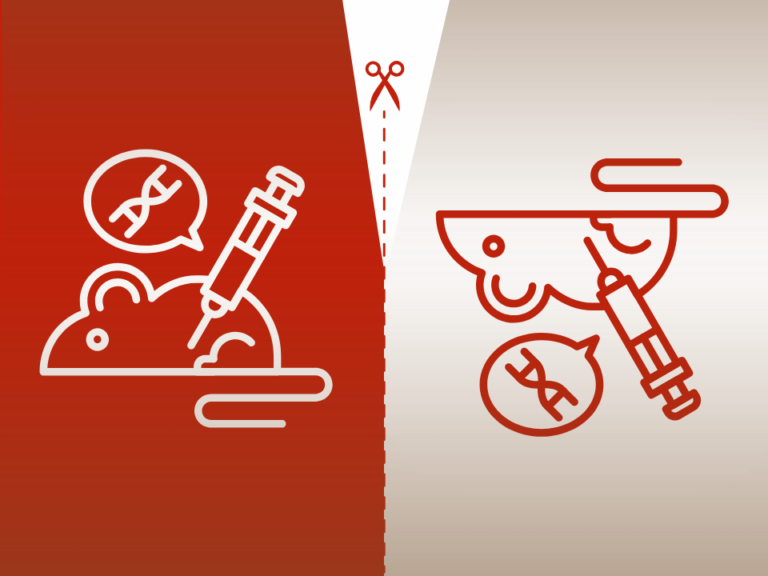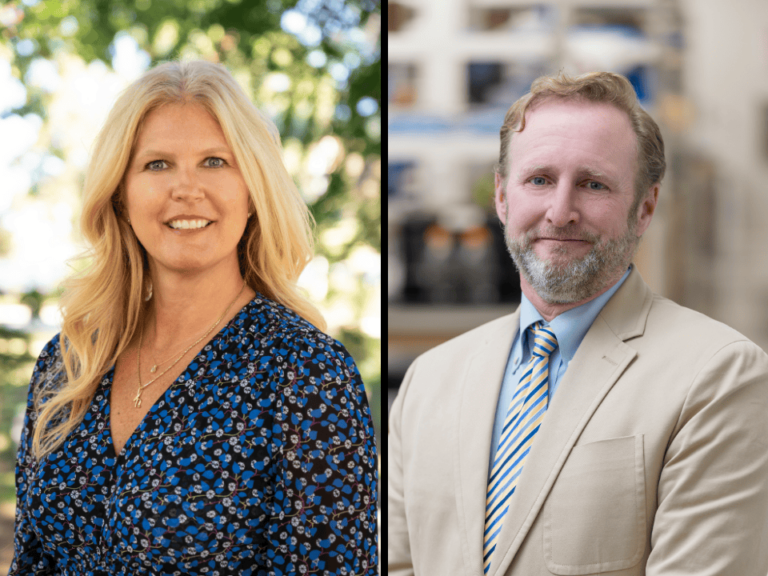In 1916, Albert Einstein predicted the existence of gravitational waves. It took almost 100 years and the construction of the Laser Interferometer Gravitational-Wave Observatory (LIGO) to show that he was right. In 2015, a brilliant team of researchers detected gravitational ripples that had been generated by the collision of two black holes about 1.3 billion years ago.
To access this subscriber-only content please log in or subscribe.
If your institution has a site license, log in with IP-login or register for a sponsored account.*
*Not all site licenses are enrolled in sponsored accounts.
Login Subscribe
If your institution has a site license, log in with IP-login or register for a sponsored account.*
*Not all site licenses are enrolled in sponsored accounts.
Login Subscribe











